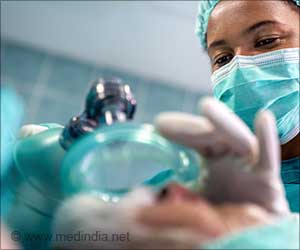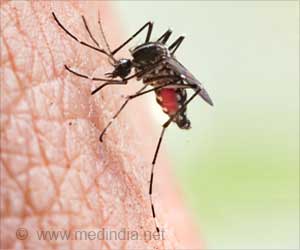Senegal's sole leprosy clinic bears witness to the will of the world's poorest continent to wipe out a disfiguring disease that once struck terror in human hearts .
Senegal's sole leprosy clinic bears witness to the will of the world's poorest continent to wipe out a disfiguring disease that once struck terror in human hearts and spelt misery and excommunication.
"We discovered his disease the moment he started school," says the mother of eight-year-old Cheikh. She spoke at Dakar's leprosy centre on the fringes of the capital's Fann hospital and university complex, ahead of World Leprosy Day on Sunday.Tucked away in a corner, the facility is serviced by 20 doctors who diligently attend to the patients, some of whom are still shunned by society.
"Cheikh has been following polychemotherapy for 12 months. This treatment involves three antibiotics," says his doctor, Omar Sane, adding that this helped to contain the spread of the bacillus.
His young patient no longer attends school.
According to official reports in 2008 from 118 countries and territories, the global registered prevalence of leprosy at the start of last year stood at 212,802 cases, according to the UN World Health Organisation (WHO).
"Of the 118 countries or territories that reported in 2007, 65 countries reported 0 cases to less than 100 new cases annually," the WHO said in its latest leprosy report.
Advertisement
But despite global efforts, more than one person in 10,000 has leprosy in Brazil, the Central African Republic, India, Madagascar, Nepal and Tanzania.
Advertisement
But the patients flocking the Dakar centre point to both growing awareness about leprosy, which was among the scourges afflicting Africa.
The sick come here spontaneously the moment they find they have cutaneous lesions, said physiotherapist Malick Seck at the institute which dispenses free treatment and medicines.
Set up in the 1960s by the Catholic Order of Malta a leading player in the fight against leprosy the centre can house 46 patients. It has its own laboratory and pharmacy.
Operations are used only for the most severe cases. For the most part, the treatment involves physiotherapy and neuromuscular exercises.
Leprosy has been marked by severe stigmatisation in Africa. In Madagascar, it is considered by some to be a divine curse and in many other countries, lepers were relegated to cordoned off islands or sequestered elsewhere.
There is leprosy and then there are lepers, Frenchman Raoul Follereau had famously declared, referring to the excommunication of victims.
His eponymous foundation is involved in fighting leprosy across Africa and was involved in several pioneering projects, including a leper village set up in 1942 on an island in Ivory Coast.
There are several reasons for the persistence of a disease that has been consigned to history in much of the developed world.
One is the time it takes for the characteristic patches of dead flesh to reveal themselves. The average is two to five years but in some cases the disease can incubate for 20.
Another reason is ignorance, although the WHO and other organisations are doing much to educate people and pass on the message that treatment is available and free.
Contrary to popular belief, leprosy is not particularly contagious. It is transmitted by nasal droplets and requires a person to come into close and regular contact with a carrier.
More than 14 million people have been cured worldwide with a multi-drug treatment in the last 20 years.
At the Dakar centre the mood is upbeat as a gaggle of teenagers all of whom have lost senses in at least one limb press cushions as part of therapy and try out ergotherapy, a practice using work activities to retrain parts of the body.
With these we try and stabilise and treat neurological retardation linked to leprosy, said Mahamadou Faye Mar, another physiotherapist.
Mar said sometimes doctors had to resort to operations to revive the muscles and sensory-motor activity.
The patients are also made to immerse their feet in a bowl of water for 30 minutes and twice daily to humidify their skin and make it more supple.
In another section of the centre, vocational skills are imparted at a workshop brimming with hammers, sewing machines and various other implements.
And in here, Rene Badji designs shoes adapted to fit various degrees of deformities.
Outside the centre, a pair can cost 15,000 CFA francs 23 euros, nearly 30 dollars, he said. "Here we offer it to them for 500 francs.
Source-AFP
SPH









